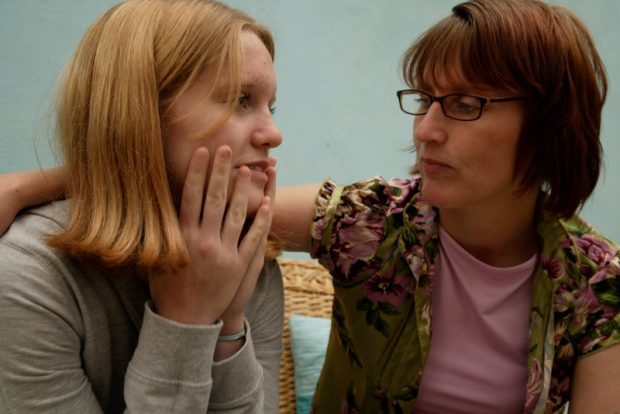
We are in the middle of this year’s Foster Care Fortnight, which is a wonderful opportunity to celebrate how foster carers transform the lives of children. We all know that many more foster carers are needed. I hope that this month’s campaign helps to attract more people to offer looked after children the kind of care, help and affection that all children should get.
It’s been a few years now since long-term fostering was enshrined as a legal route to permanence for children in care. That change to legislation represented a welcome acknowledgement that, for many thousands of children in need of security, stability and a sense of belonging, foster care is the right option.
It also made the important wider point that there are several different routes to permanence and that plans should be based on what is right for the individual child.
A shift in emphasis
Children’s need for timely permanence is central to Ofsted inspections. In fact, it was recently described by a colleague elsewhere in the sector as our ‘new obsession’. I’m not sure about that – permanence has long been a major strand of Ofsted’s inspections. But, perhaps, our new ILACS system of inspection does represent a slight change of approach.
An obvious change is that ILACS inspections do not lead to a separate judgement on adoption. That isn’t to say that adoption is not still important, and the right option for many children. We’ll continue to report clearly on the quality and impact of adoption work during ILACS inspections and our regulatory inspections of adoption agencies.
The new framework still focuses clearly on common issues that are important to all children, and that contribute to lasting stability and good outcomes. All looked after children should benefit from high-quality care and support, as each follow the path to stability and permanence that is right for them. This includes children who may not want, or need, family-type care and live in children’s homes. Their permanence needs must be decisively addressed too.
Helping children to understand what has happened to them is vital
Are all children in care helped to understand their histories and the reasons why they are in care? Have they all been given as much information as possible before moving in with new carers? Looked after children consistently tell us that these are really important issues to them.
High-quality life story work shouldn’t, of course, be confined to the world of adoption. During recent inspections in Poole and Bracknell Forest, we saw how creative direct work has helped children to make sense of what has happened in their lives, and to have a meaningful say about plans for their futures.
Forgive me if I refer back to my very recent past. It was important to me as a Director of Children’s Services and as a corporate parent of ‘our’ children, that we formally marked – for example, with a celebration and a certificate - the achievement of permanence. Carers and children should be not be left with any unnecessary uncertainty about their lives.
After all, the achievement of permanence for children is certainly something that should be celebrated by all involved.
Physical affection should be encouraged
On a related issue, I’m delighted that Sir Martin Narey and Mark Owers’ recent fostering stocktake report refuted one myth, that lingers in some quarters, that inspectors take a dim view on carers showing physical affection towards children that they are looking after. That is certainly not the case! And, I’m glad that our position was stated so clearly in the report.
Of course, carers must be sensitive to the feelings and experiences of individual children. But, Ofsted’s approach is at one with Sir Martin and Mark’s summary of the issues. Physical affection should be actively encouraged. An overly tentative, risk-averse approach denies children the kind of warm, nurturing care that they all deserve - whether from foster carers, special guardians, children’s home staff, adopters, kinship carers, or parents.